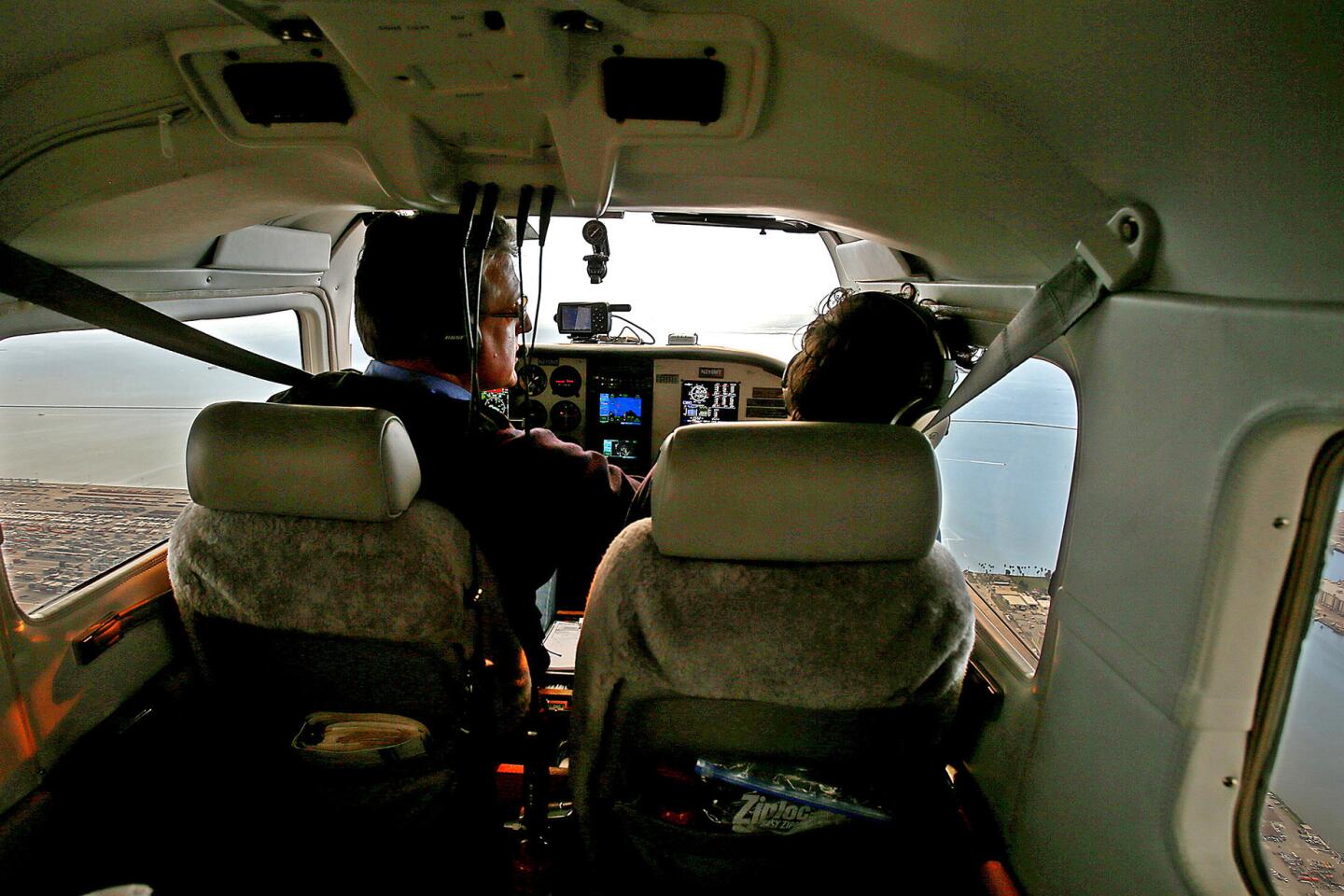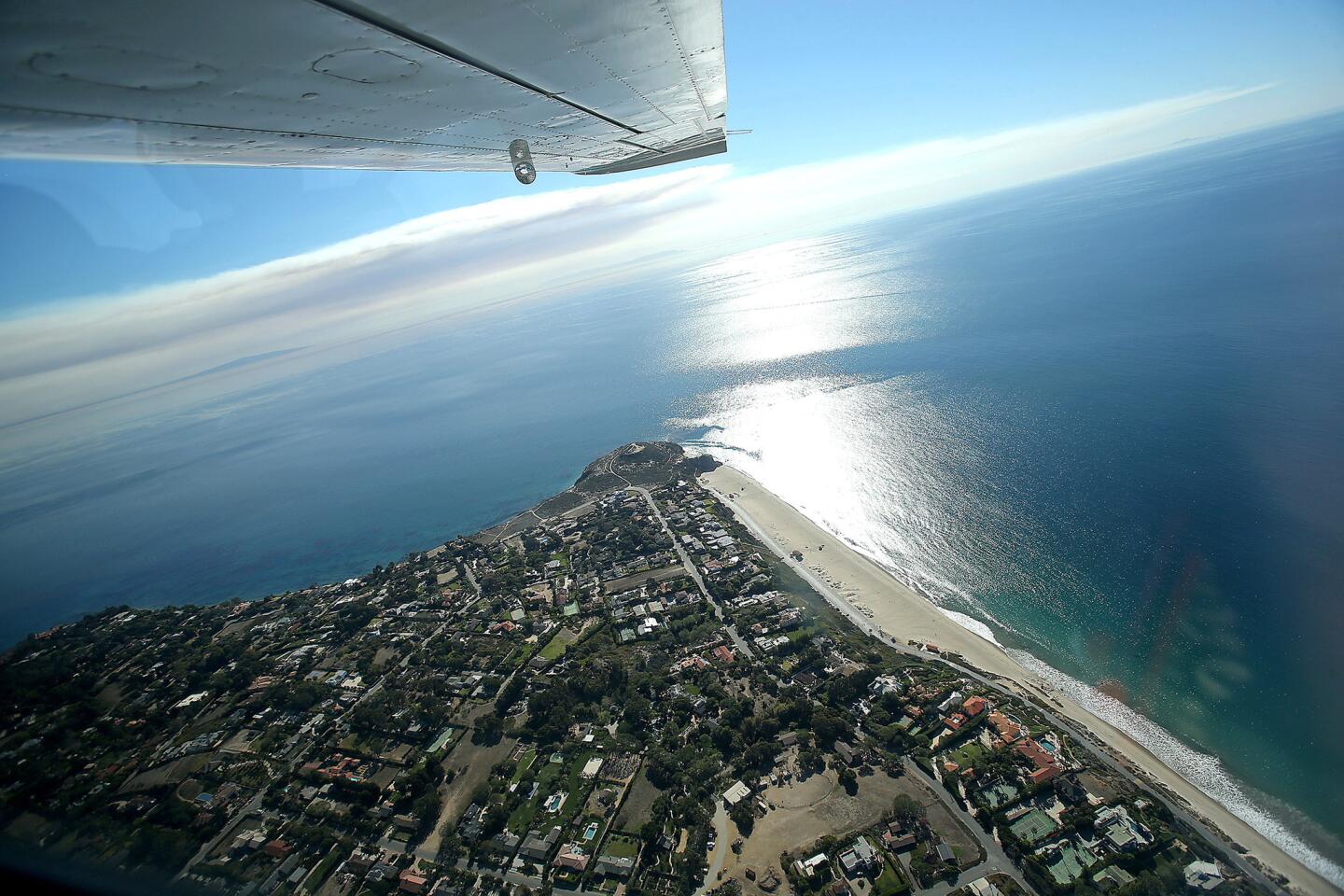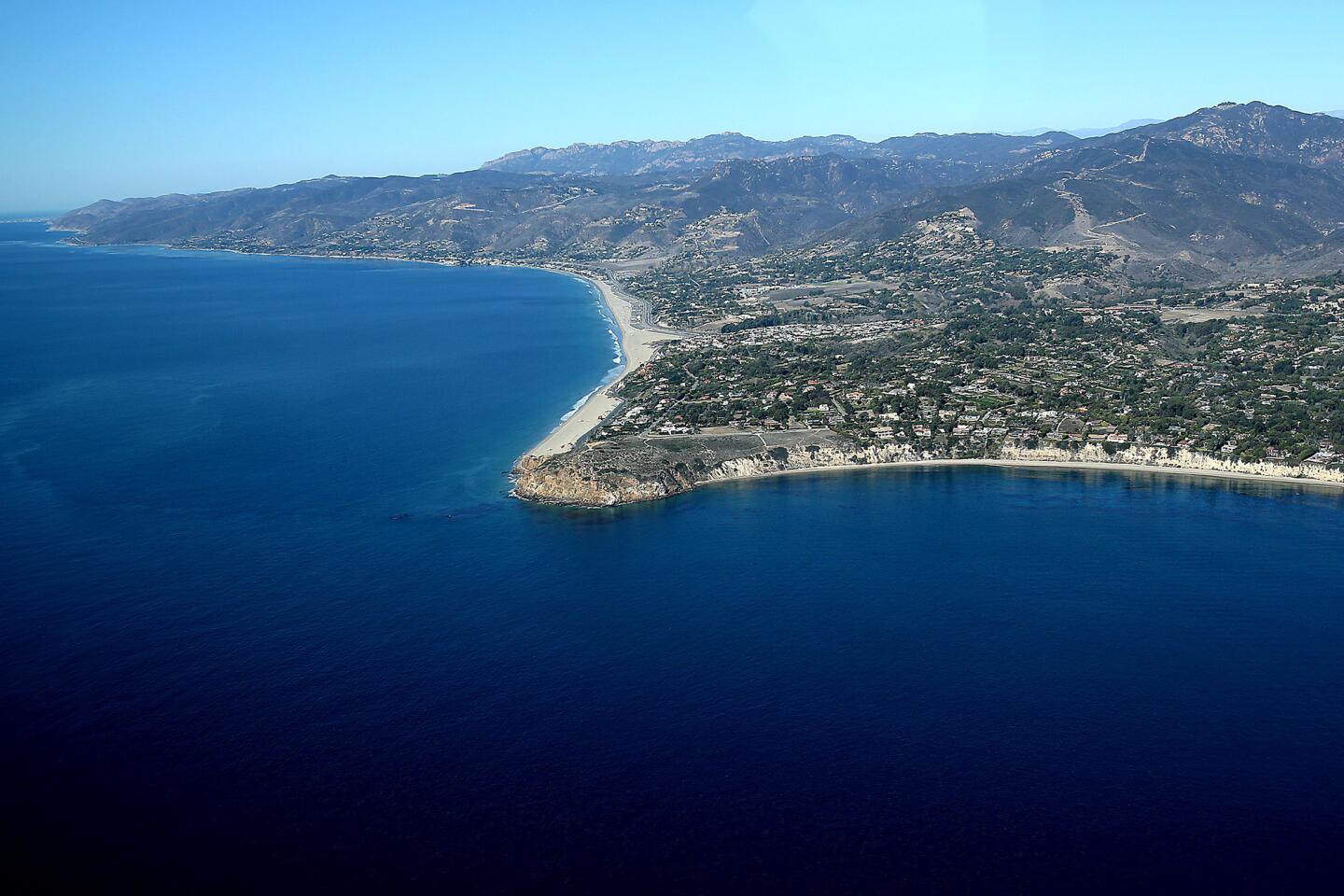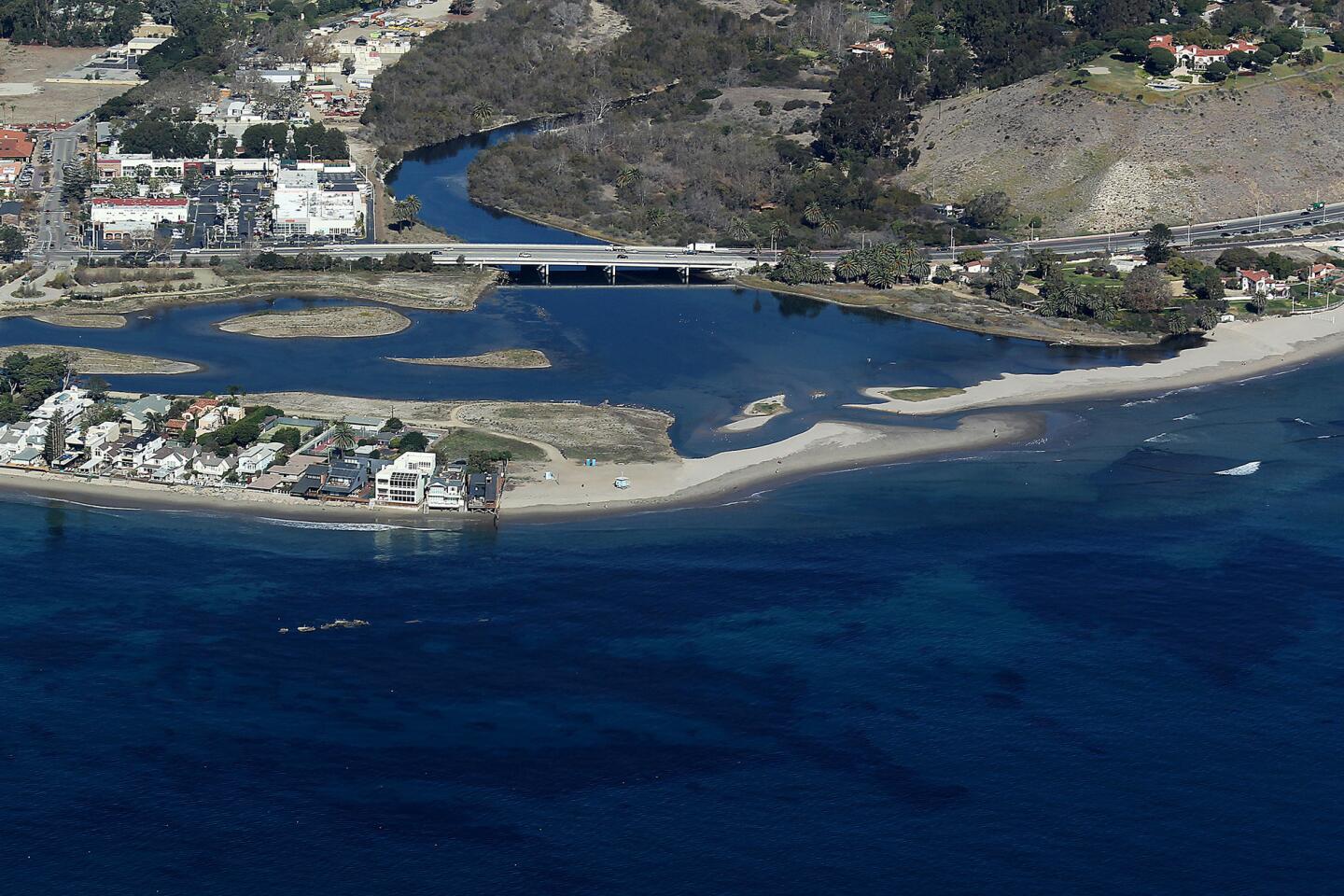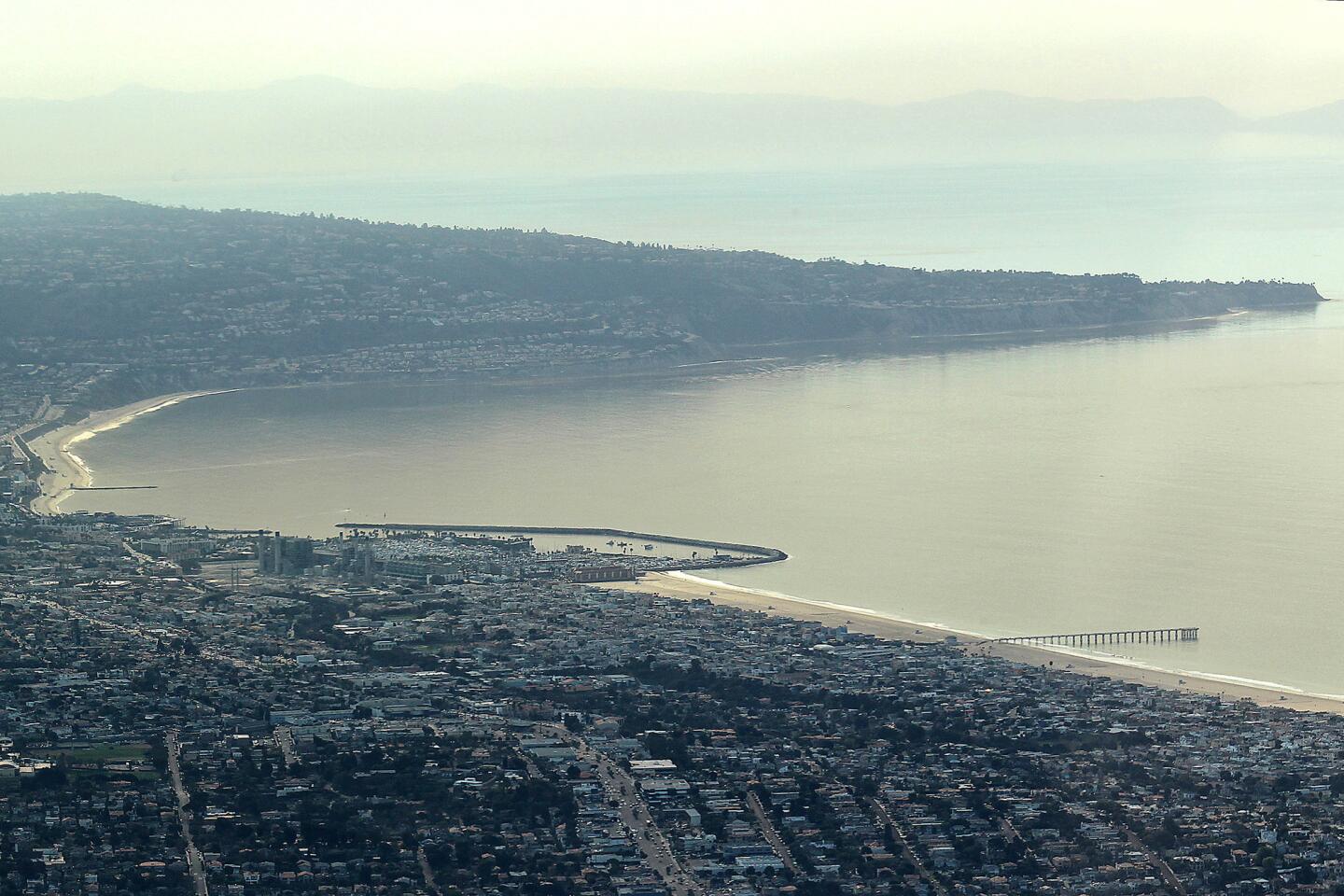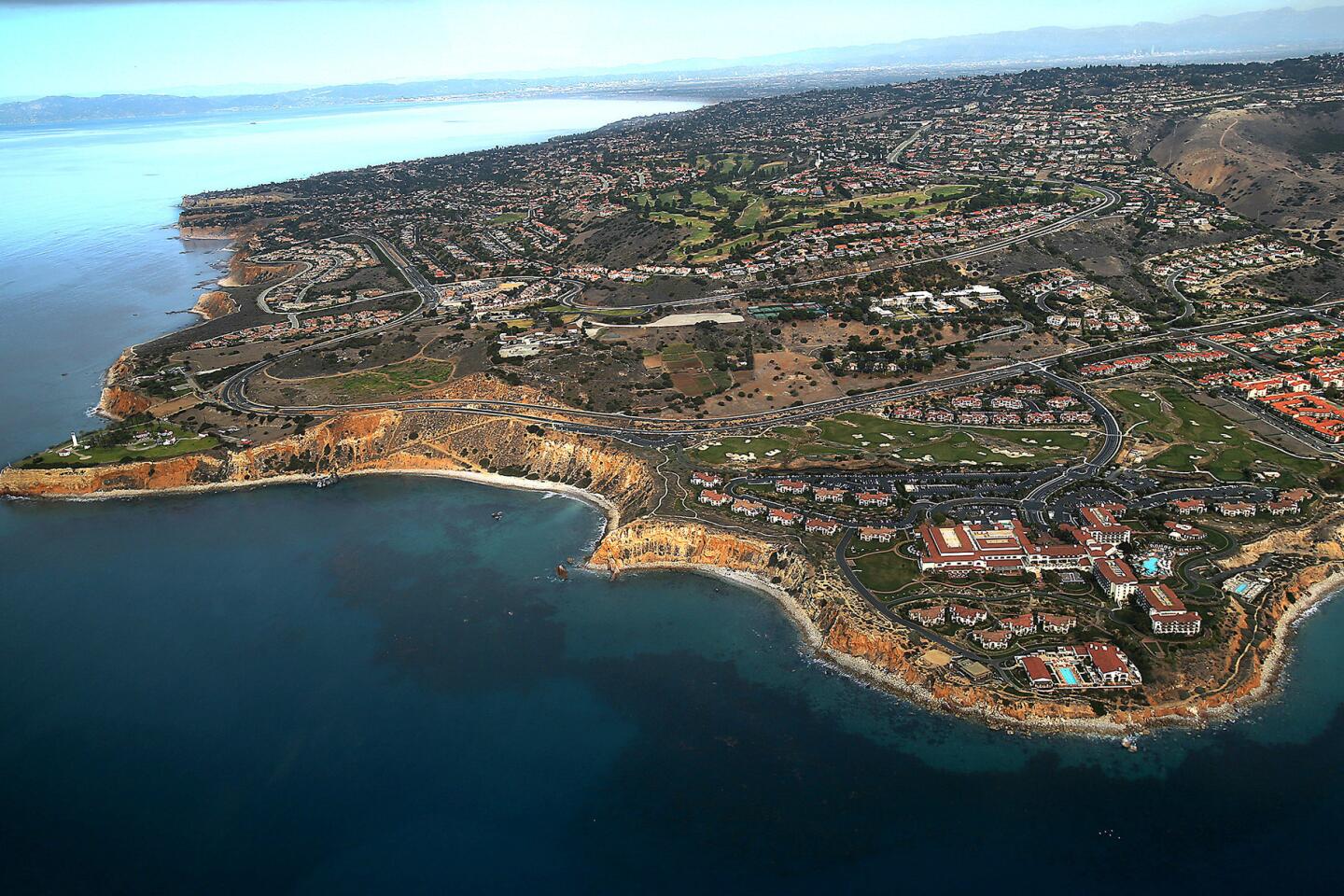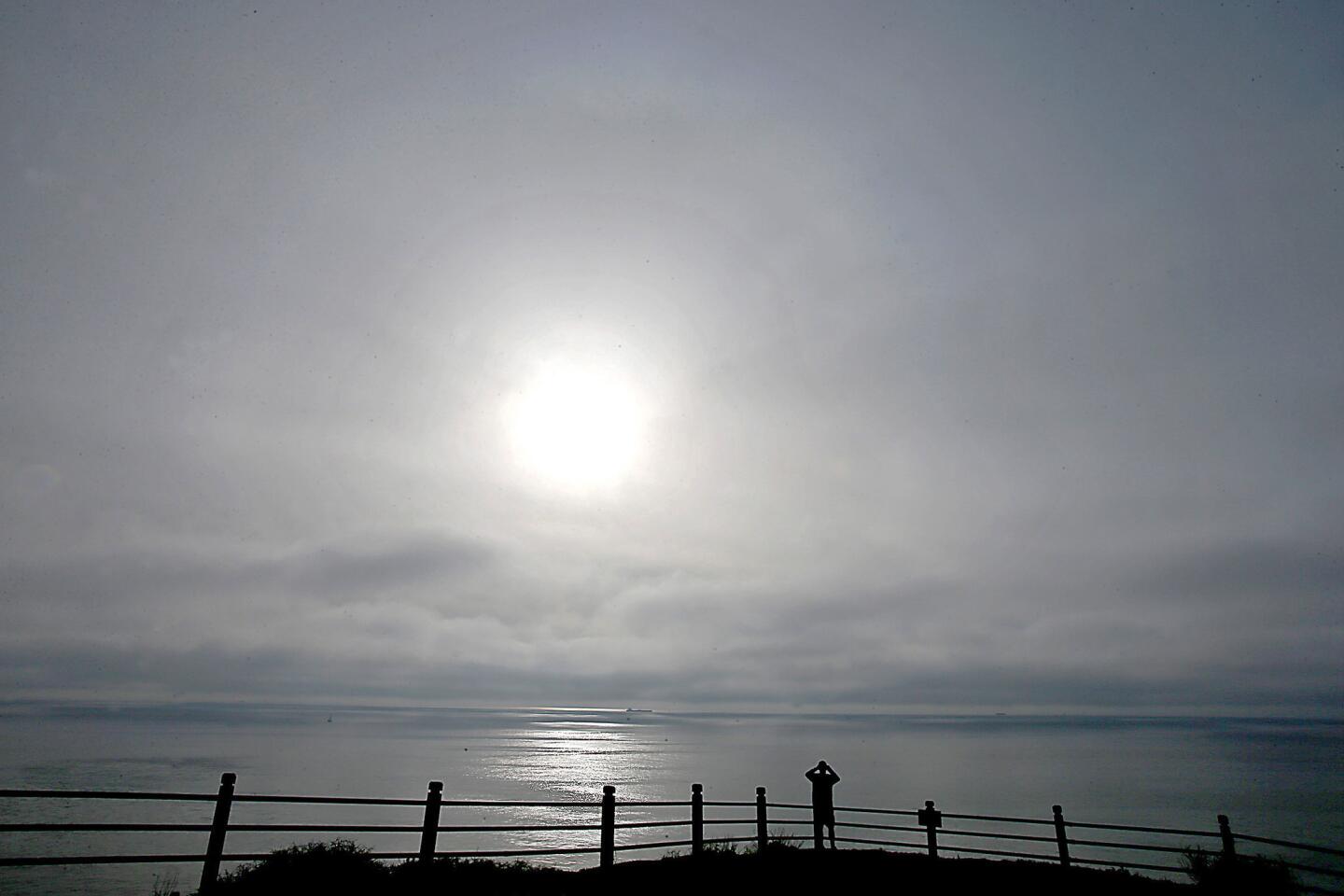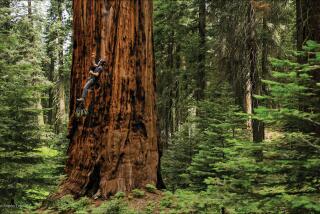Restrictions on fishing in marine sanctuaries appear to be working
Two years after the creation of marine sanctuaries in more than 350 square miles of Southern California coastal waters, state wildlife officials and environmental groups say the restrictions on fishing are largely being obeyed.
“All of the dire predictions of the collapse of the commercial and sport-fishing industries just aren’t happening,” said California Fish and Game Commission President Michael Sutton. “In general, people are respecting the boundaries.”
The reserves, known as Marine Protected Areas, bar or limit fishing in 50 zones spanning 15% of state waters from Santa Barbara County to the Mexican border. They took effect in the state’s busiest region in 2012, with some favored fishing spots remaining open and others placed almost entirely off-limits to promote marine life conservation.
Recreational fishermen who fought their lost access have suffered a series of defeats in court. After spending more than $1.3 million on legal challenges, the United Anglers of Southern California say they are running out of money and are close to giving up.
“We’re still fighting, but we’re probably going to end up losing,” said John Riordan, the group’s treasurer.
Under the 1999 Marine Life Protection Act, California created a statewide network of marine sanctuaries in an attempt to curb steep declines in fish and other sea creatures. Wildlife officials relied on scientific advisors and fierce negotiations between fishing and conservation groups to design the chain of coastal sanctuaries in four segments, with the last along the state’s rugged North Coast taking effect at the end of 2012.
Compliance, so far, has been high.
Wardens last year issued about 145 citations for violations of Southern California’s marine protected areas — a fraction of the roughly 4,000 tickets issued for various violations across the eight-county district encompassing the sanctuaries, said Dan Sforza, an assistant chief of enforcement for the state Department of Fish and Wildlife.
The high compliance level is consistent with findings by environmental groups conducting boat-, land- and airplane-based surveys of activity in the marine sanctuaries through a program called MPA Watch.
At first, some shore anglers with rods and reels were fishing within marine sanctuaries off the Palos Verdes Peninsula and Point Dume, according to a report by environmental group Heal the Bay. But the violations dropped to nearly zero by last summer, the report said.
If the sanctuaries work as designed, ultimately there will be more fish to catch, experts say.
Over time, the reserves should help depleted species like rockfish and spiny lobster bounce back, giving them space to grow bigger and more abundant. Marine life could spread beyond the protected zones in a “spillover effect,” making more fish available to anglers.
“We’d like to see that effect, but it remains to be seen” said Riordan, of the United Anglers, a recreational fisherman based in Dana Point Harbor.
Indeed, scientists monitoring in and around the protected zones are only beginning research that will stretch over many years. For now, universities, government agencies and nonprofits are taking inventories of spiny lobsters, fish, seabirds, giant kelp and other marine life that will become the benchmark for the sanctuaries’ progress. The benchmarks must be evaluated every five years under the 1999 law and could be adjusted if they are not working as intended.
To see what Southern California’s protected areas might look like in a few decades, scientists cite Point Lobos State Marine Reserve, a spectacular rocky reef area off Carmel that has been under state protection since the 1970s.
“You see a lot of the things you would expect: more biodiversity and a lot of bigger fish,” said Steve Wertz, an environmental scientist for the state Department of Fish and Wildlife. Among them are commercially valuable species such as rockfish, an important predator.
Point Lobos’ waters were incorporated into California’s first segment of marine sanctuaries on the Central Coast in 2007. Six years later, other marine reserves in that area are showing recovery too.
In kelp forests inside Central Coast sanctuaries, other fish such as cabezon and lingcod are also more abundant. On protected rocky shorelines, endangered black abalone have grown in number and size, according to the California Ocean Science Trust, an Oakland-based nonprofit that oversees monitoring of California’s marine protected areas.
Sutton, the Fish and Game Commission president, hopes marine reserves will someday be as embraced as national parks and wildlife refuges. “I suspect that these protected areas will become just as accepted in the ocean as they are on land,” he said.
